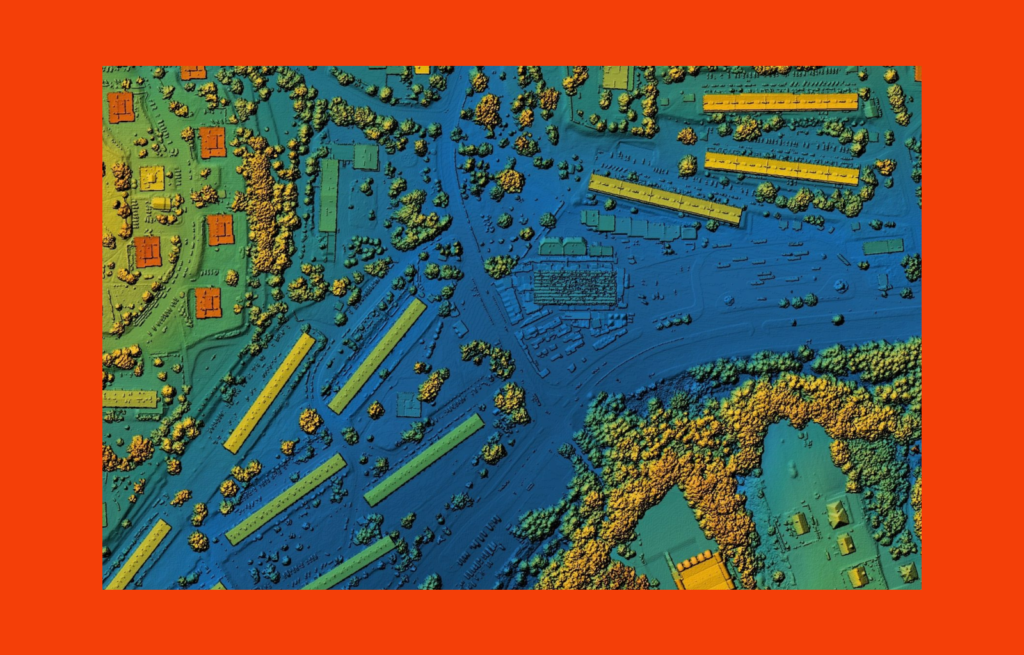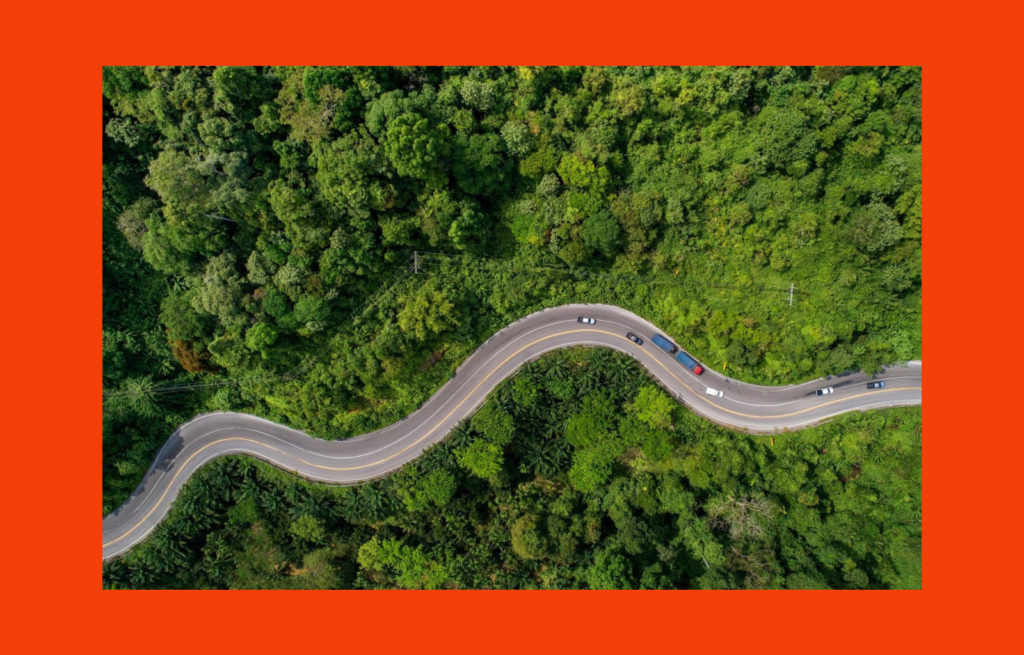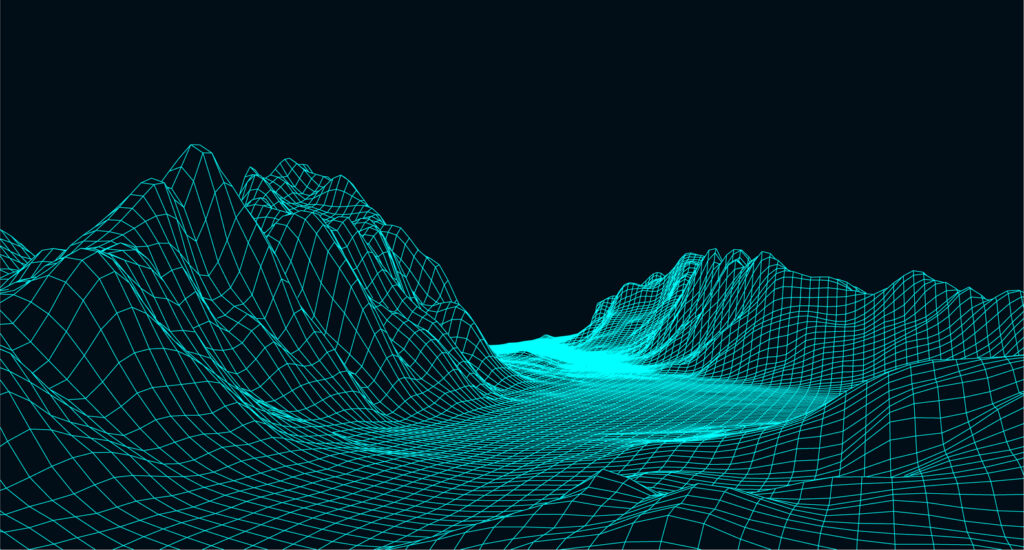GEO Business 2022: an interview with Andrew Radcliffe and Jaroslaw Marciniak
With the resurgence of live conferences, Spyrosoft is back on the road and our next stop is the GEO Business 2022 conference taking place in London on May, 18 – 19 2022. If you’re planning to visit the event, make sure to visit us at stand GF6.
Before the event, we wanted to talk to our Director of Geospatial Services, Jaroslaw Marciniak and the Spyrosoft Ltd. (our UK branch) CEO, Andrew Radcliffe about their expectations for this year’s GEO Business, our plans for showcasing our projects and the current trends in the geospatial sector.
What are your expectations before the GEO Business 2022 conference next week? What do you hope to see and experience at the event?
Andrew Radcliffe: For me, the GEO Business 2022 conference is a chance to reconnect with some friends in business, so to meet the people that I know in other companies, but it’s also an opportunity to look at various innovations, new products and services that will be coming available in the geospatial industry, and it’s a chance for Spyrosoft to demonstrate its capabilities in that market.
Jaroslaw Marciniak: We want to see what’s new in the business, what products, innovations and services are out there in the geospatial world, as Andrew’s mentioned. Another thing is seeing how Spyrosoft can support and help with building these developments.
AR: We’re looking for new partnerships where we can help by sharing our experience and our knowledge when it comes to geospatial and embedded technologies. We definitely want to find new customers but it’s also about Spyrosoft being a part of the geospatial industry. We are and can be the go-to technology company in this area.
JM: It’s our step into the market where we want to become more recognisable.
What are you planning to show from the Spyrosoft geospatial portfolio at the event? What can anyone visiting our stand expect?
JM: From my perspective, the main focus will be to show how we can step in as a software development company because there won’t be many of them at the event, and that’s something that distinguishes us from other exhibitors. Our domain knowledge in the geospatial world is something that reflects that this is what we are good at. We also want to present our expertise in not only geospatial but also in the cutting-edge technologies that we use in our projects, such as the cloud and Machine Learning. These are the things we want to show, but we also want to stay very responsive to the needs of our potential customers that will visit our stand at the GEO Business 2022 conference.
AR: I agree that most of the companies that will be at the show are going to be product companies. What differentiates Spyrosoft is that we can provide technology services that help these companies build their own products so when people come to our stand, we want to show the end-to-end services that we can offer, including UX, UI design, software development as well as support and maintenance – all aimed at geospatial products. What visitors will also get is access to Jarek, our Director of Geospatial, one of our lead solution architects, Michal Lupa, and also our UK CTO, Joe Allnutt and myself.
What are the current trends in the geospatial sector and what changes will we see in the next 2 – 3 years?
JM: There are quite a few interesting trends in the geospatial area right now, one of them is automated surveying and mapping of the world – it’s going to be more vector-based than raster-based. Obviously, the raster-based mapping using drones is still a thing but building a point cloud with LiDARs is also a trend. There are certain challenges related to this technology – i.e. automated feature extraction, processing this data to get the accurate objects out of millions of points.
Another challenge is handling the volume of data, the so-called Big Data. I believe these are the main areas that we will be discussing with customers because once again, it all goes back to these new technologies I’ve mentioned above – the cloud, Artificial Intelligence and Machine Learning for computer vision.
AR: For me, it’s automated feature extraction that Jarek has mentioned, plus automated change detection. When it comes to other trends, this whole process of automatically – using AI – sourcing, sensing and processing data, and then exposing it as APIs or services that applications can then draw on. There’s also a lot of talk about the discovery of underground assets, i.e. cabling that could interfere with construction on site as before a spade is put in the ground, construction engineers need to make sure that they understand what’s underneath.
Creating Digital Twins is also still a trend in the industry – it links back through to the metaverse. The relationship between geospatial technology, data, indoor mapping, Internet of Things and the changing real-world environment around us today and how we will model that in a digital form, is very interesting. I think this convergence will become even more prominent in the next few years.
About the author
RECOMMENDED READING:
Contact




